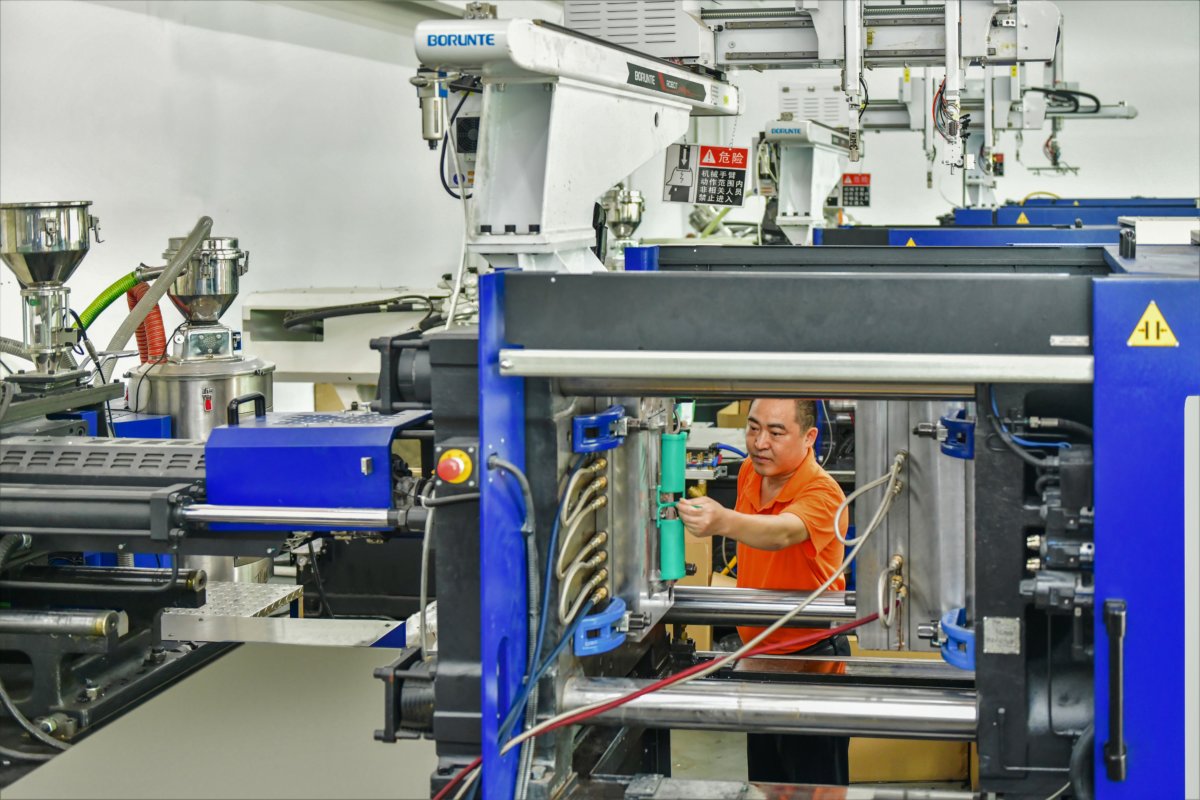Injection molding is a versatile and widely-used manufacturing process that has revolutionized the production of plastic parts and components across various industries. Its ability to produce high volumes of complex, precise, and cost-effective components makes it a go-to solution for manufacturers worldwide. In this article, we will explore the top six industrial applications for injection molding and delve into how this process continues to shape the modern manufacturing landscape.

1. Automotive Components
The automotive industry has been a major beneficiary of injection molding technology. From intricate interior components like dashboards and door panels to under-the-hood parts such as engine housings and connectors, injection molding plays a pivotal role in producing high-quality, lightweight, and durable automotive components. The process allows for the mass production of consistent and complex parts, contributing to improved vehicle performance, fuel efficiency, and overall safety.
2. Medical Devices and Equipment
Injection molding has become indispensable in the production of medical devices and equipment due to its ability to create sterile, precise, and customizable components. Items such as syringes, IV components, surgical instruments, and diagnostic equipment are frequently manufactured using injection molding. The process ensures the production of high-quality, repeatable parts that meet stringent regulatory standards in the healthcare industry.
3. Consumer Electronics
The packaging industry has embraced injection molding as a cost-effective and efficient method for producing various packaging solutions. From intricate bottle caps to complex containers, injection molding enables the production of lightweight and durable packaging materials. The ability to create custom shapes and sizes with high production speed has positioned injection molding as a cornerstone in the packaging industry, catering to diverse needs across food, beverage, and consumer goods sectors.
4. Aerospace Components
In the aerospace industry, where precision, strength, and reliability are paramount, injection molding has found its application in the production of various components. This includes interior components, structural elements, and even specialized parts for satellite systems. The lightweight nature of injection-molded materials contributes to fuel efficiency in aerospace applications, making it a crucial technology for advancing the industry’s capabilities.
5. Industrial and Construction Components
Injection molding is widely employed in the manufacturing of industrial and construction components. This includes everything from pipe fittings and valves to intricate tool components. The process allows for the production of parts with high strength, durability, and resistance to harsh environmental conditions, making it an ideal choice for applications in heavy industries and construction.
6. Packaging
Injection molding has become a go-to for manufacturing various types of packaging, including bottles, caps, and containers. The process enables the production of consistent and durable packaging solutions with the flexibility to incorporate intricate designs. The ability to produce packaging in large quantities with short cycle times makes injection molding a key technology in the packaging industry.
Summary
Injection molding has undoubtedly transformed the manufacturing landscape across numerous industries, providing an efficient and cost-effective solution for producing high-quality components. As technology continues to advance, injection molding processes are likely to evolve, offering even greater precision, speed, and versatility. With its impact felt across automotive, medical, electronics, packaging, aerospace, and industrial sectors, injection molding remains a driving force behind the innovation and efficiency seen in modern manufacturing.
-q4gvl4k29y4hq8j9rjpapvj0ft06fje63olt7p210i.png)


